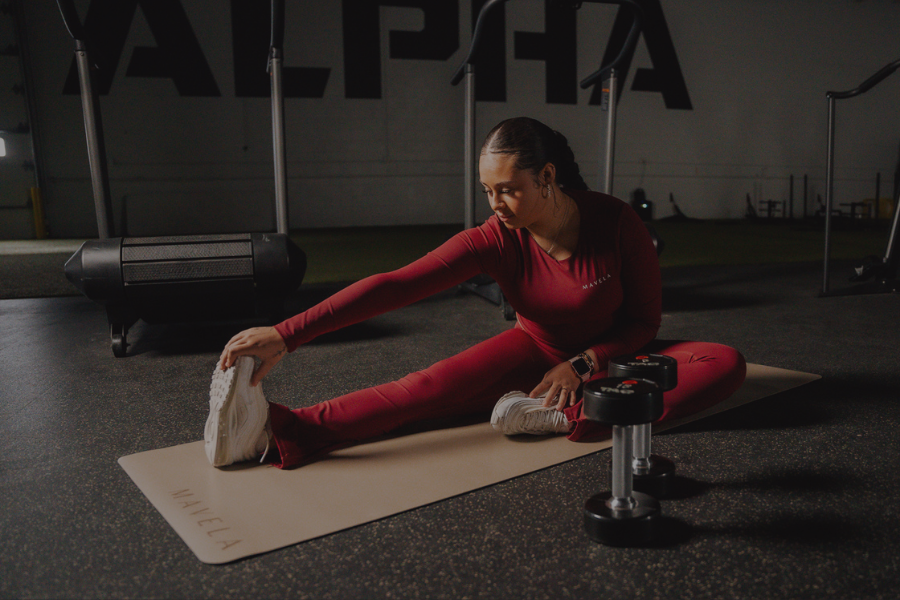When life speeds up, the first thing we tend to lose is movement — but it’s the one thing that keeps everything else running smoothly.
Functional movement doesn’t mean training harder; it means moving better. It’s about strength that translates — the kind that supports your posture, energy, and focus through long days and busy seasons.
As routines change with the weather, look for ways to integrate movement into your everyday rhythm. Take the stairs. Stretch before bed. Roll out your mat between calls. It doesn’t have to be all or nothing — it just has to happen. Here are some of our suggestions:
1. Combine movement with mindfulness.
Add a 10-minute flow or walk without distractions. Focus on breath, posture, and pace — how your body feels, not how it looks.
2. Train for longevity, not fatigue.
Incorporate movements that translate to everyday life: squats, planks, lunges, and twists. They build strength where you actually use it.
3. Make recovery non-negotiable.
Stretch before bed, roll out your mat for a slow flow on rest days, or take a few minutes to decompress your spine after sitting. Small resets keep your body functional and pain-free.
4. Use your environment.
No gym? No problem. Curbs for step-ups, walls for stability work, or your mat for grounding — your surroundings are full of tools if you choose to move with purpose.
Your body performs at its best when it’s supported by small, consistent effort. The key is creating systems that make showing up easy — and tools that make it enjoyable.
Because movement shouldn't be optional — it’s essential.

